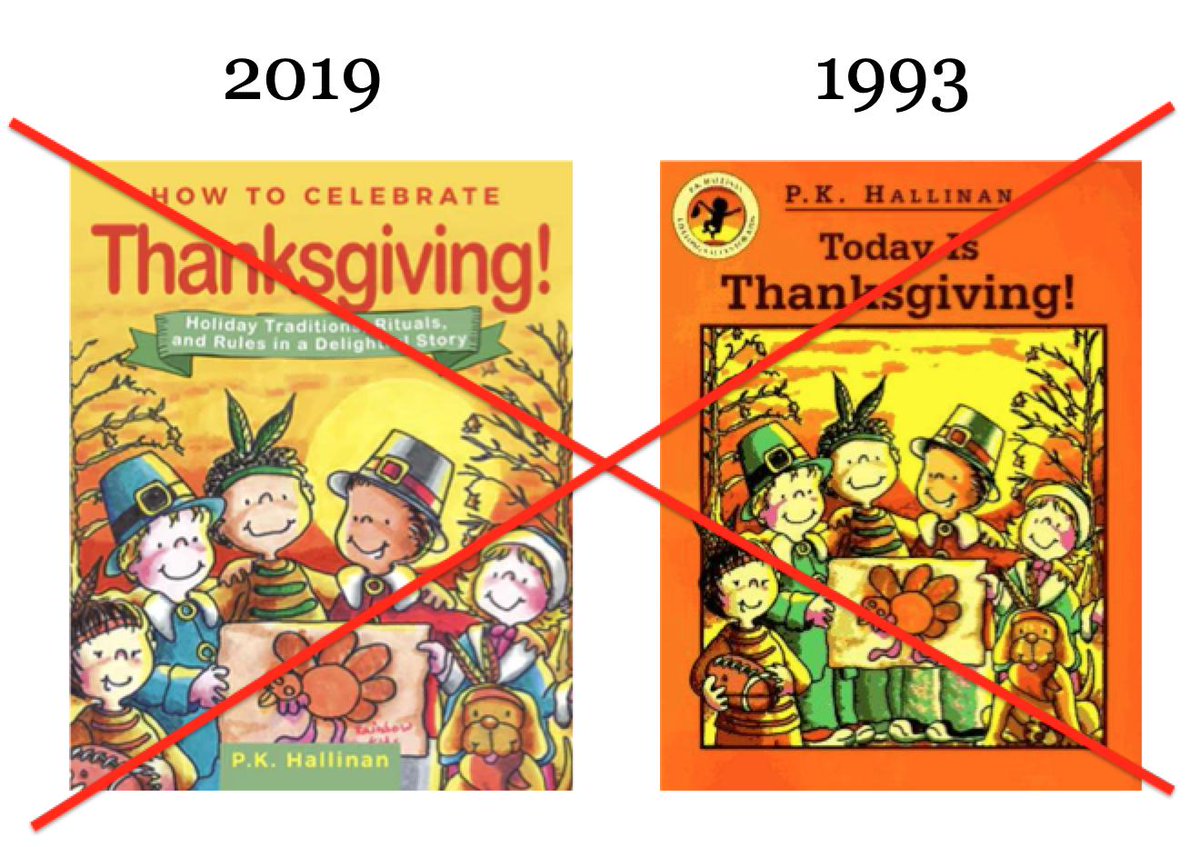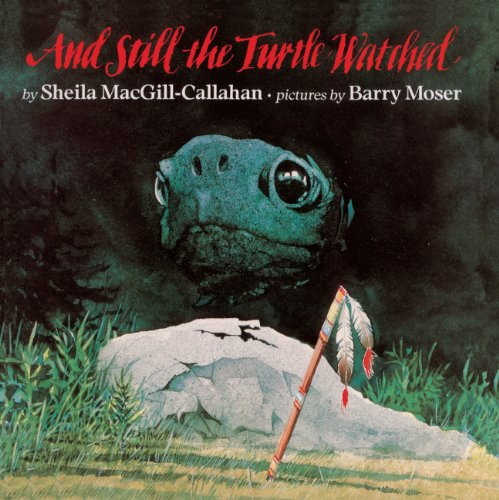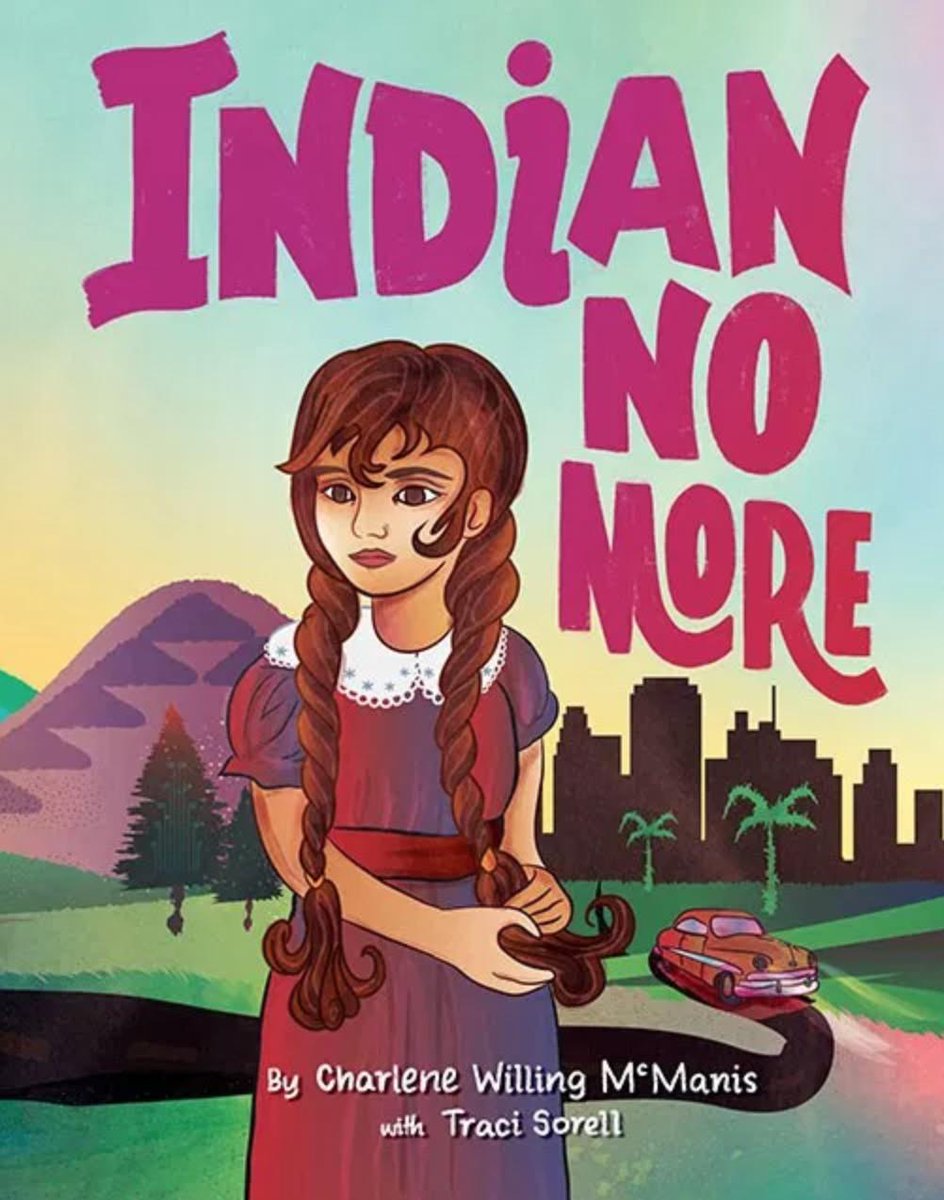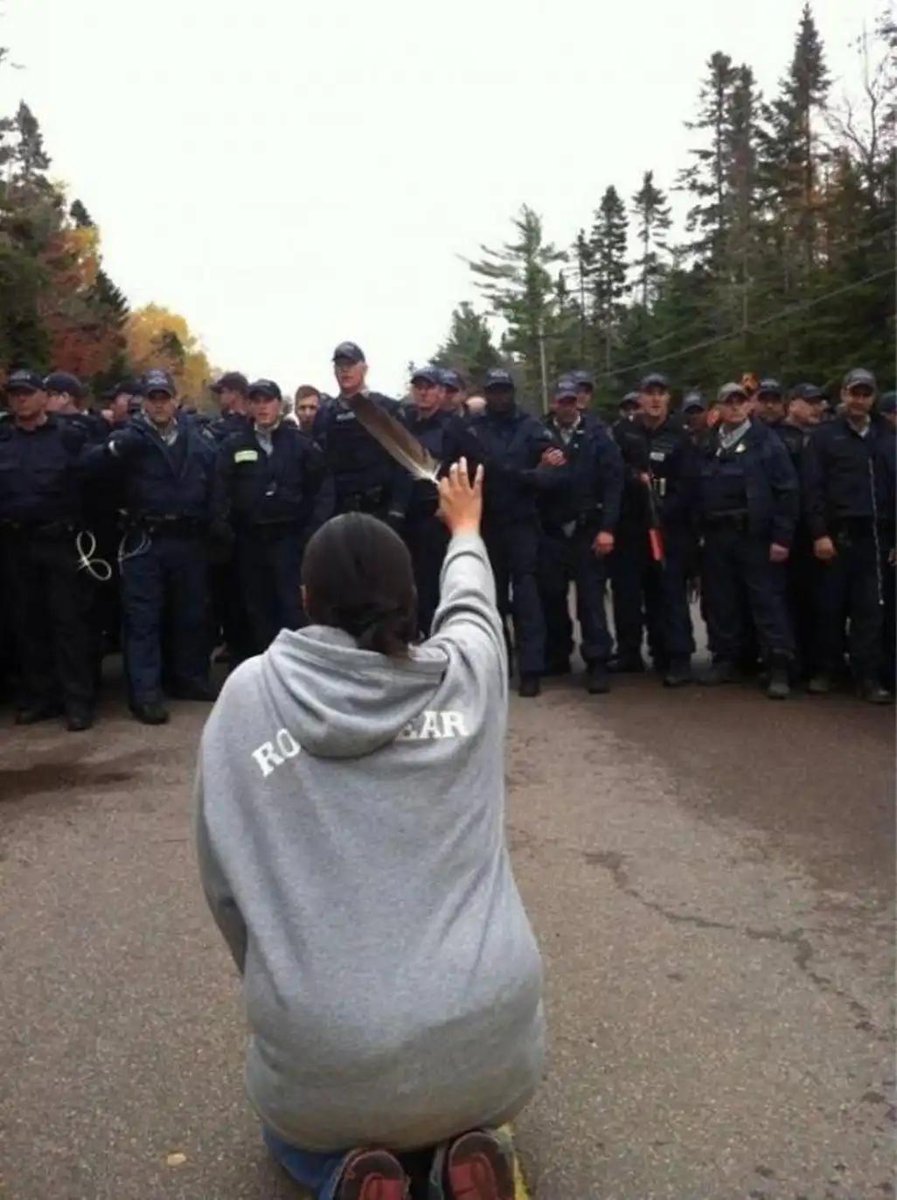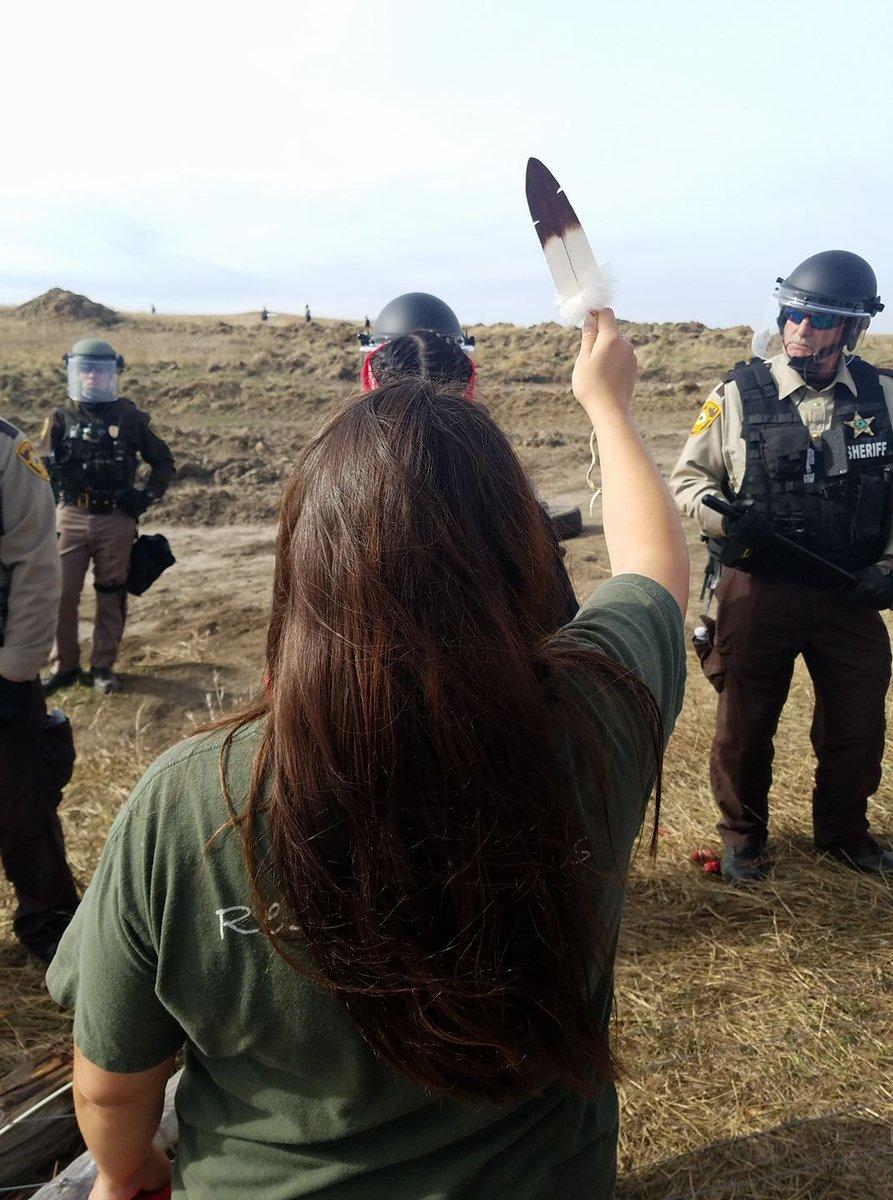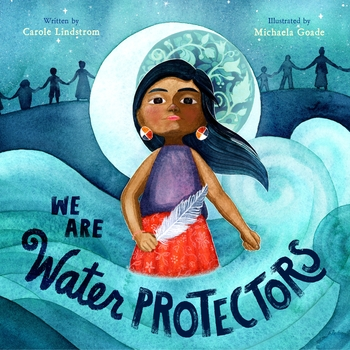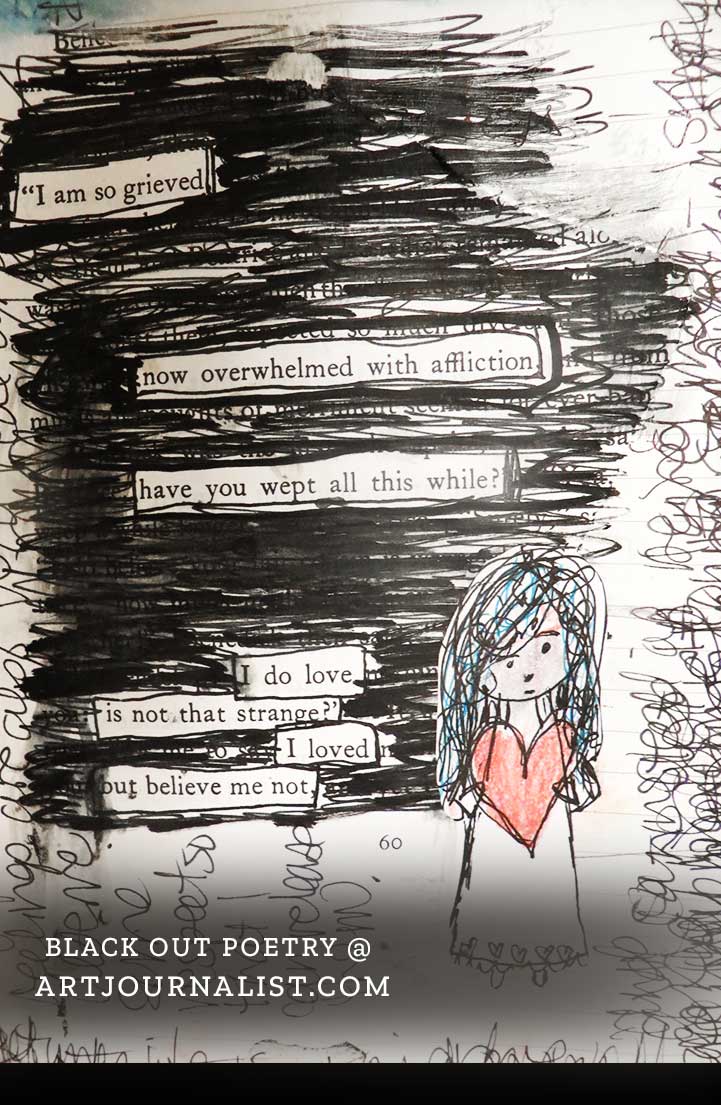All across social media, friends and colleagues are saying "Happy Book Birthday!" to Kevin Maillard and Juana Martinez-Neal. That's because their book, Fry Bread: A Native American Family Story is officially available, today, October 22, 2019.
There's a lot inside the covers of Fry Bread! What you find when you turn the pages is why I highly recommend it.
I wish I had slick video and video-editing skills so I could offer you a short and compelling film about the book. I don't have those skills, so... here's what I have:
Here's a screen capture (from my kindle copy of the book) of the last page I showed you in the video:
See those adults pointing out names of Native Nations? That's so wonderful! Mine--Nambé--is there, too. Here's my finger, pointing to it:
Those of you who follow AICL know that we emphasize the importance of sovereignty... Of knowing that Native Nations pre-date the United States. So many names inside this book! It will be empowering to so many readers!
There's more, though, to say about Fry Bread.
A few weeks ago, I gave a talk at the Santa Fe Indian Center, in Santa Fe, NM. I talked about the names of nations but I also talked about the range of hair color and skin tone in the book. See?
After the lecture, a family approached me to say how deeply moved they are by seeing a child with lighter skin and hair. Fry Bread pushes back on the expectation that Native people look the same (black hair, dark skin, high cheekbones etc.). That expectation means that adults don't hesitate to tell a Native child like the girl holding the cat that they are "not really an Indian" (or some variant of that phrase). That's such a damaging statement! When you hear an adult say that to anybody--but especially a child--stop them.
The final pages of Fry Bread can help you interrupt that kind of harmful statement. There, Maillard wrote that:
Most people think Native Americans always have brown skin and black hair. But there is an enormous range of hair textures and skin colors. Just like the characters I this book, Native people may have blonde hair or black skin, tight cornrows or a loose braid. This wide variety of faces reflects a history of intermingling between tribes and also with people of European, African, and Asian descent.It is quite the challenge to impart substantive information in an engaging way, but Maillard and Martinez-Neal have done it, beautifully, in Fry Bread. I highly recommend it! Published by Roaring Book Press (Macmillan) in 2019, I hope you'll order several copies for your bookshelves, and to give to Native families, too.
Update: October 23, 2019
In a comment, I was asked if the book has information about the history of fry bread and its impact on health of Native people. It does--and that is yet another aspect of what makes this book stand out.
One double paged spread shows Native people in shadow. The woman on the cover is telling kids about the long walk. The text is:
Fry bread is history
The long walk, the stolen land
Strangers in our own world
With unknown food
We made new recipes
From what we had
In the Author's Note, Maillard provides teachers and parents and librarians who do not know this history, with information they can use to prepare to use the book with kids. It is an exquisite author's note! It spans eight pages that correspond with the illustrated pages that are the heart of Fry Bread. And--they're footnoted! I don't recall seeing footnotes in an Author's Note before.
Maillard writes that people think the Navajo (Diné) were the first to make fry bread. He talks about how, across the country, Native people and our ways are resilient and here, today, in spite of efforts to weaken and destroy our nations and communities.
He writes that there are some Natives who are pushing back on the making and eating of fry bread. He wrote:
For these critics, fry bread is an easy target for a much larger problem of being forced to deviate from a traditional Indigenous diet.The larger problem, he writes, is a reality many Native communities face. There are no fresh food markets nearby, fast food is more readily available, and access to health care (like markets) is difficult. We know that fast food is unhealthy when eaten every day. Maillard makes that point about fry bread, too. Eating it everyday will lead to health problems.
As noted above, the Author's Note is exquisite for the depth of information it provides. I quoted that one sentence, but will also note that the sentence has a footnote! It goes to Devon Mihesuah's article, "Indigenous Health Initiatives, Frybread, and the Marketing of Nontraditional 'Traditional' American Indian Foods." In his Author's Note, Maillard provides 15 footnotes! Like I said... exquisite. And--I think--groundbreaking.






